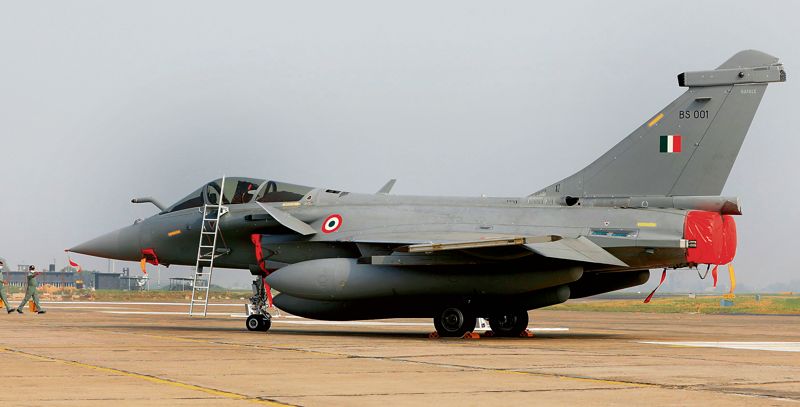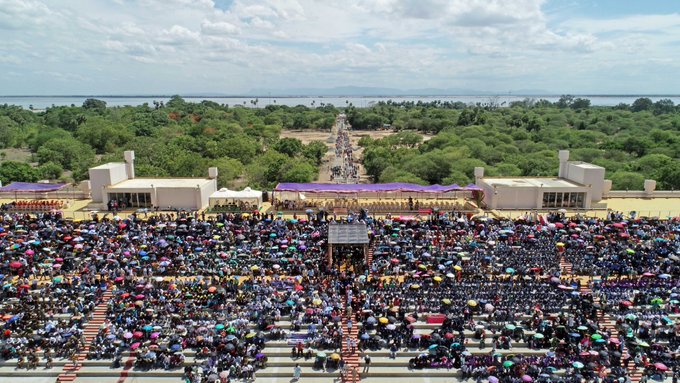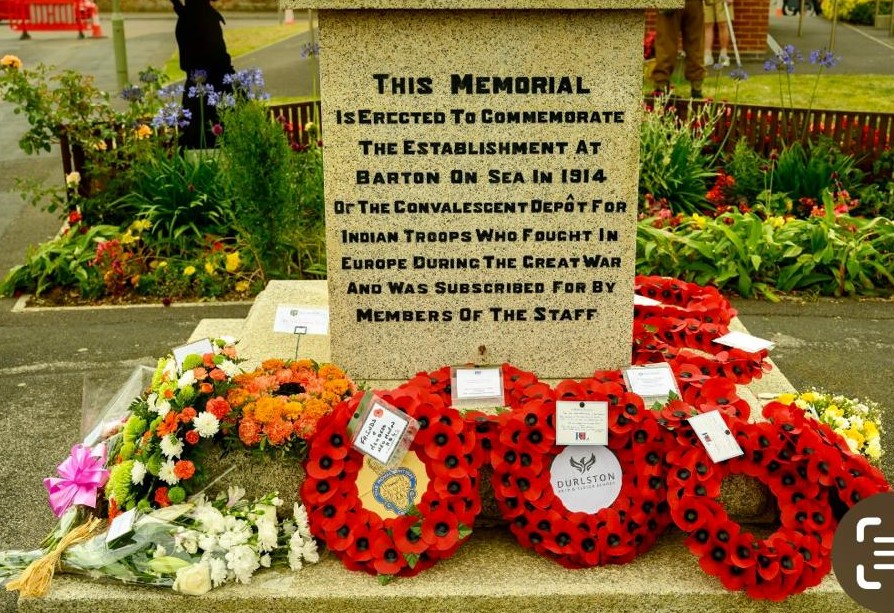
Advertisement

WHEN PM Narendra Modi visited France in April 2015, he made the dramatic statement that India will buy 36 Rafale aircraft off the shelf, ending the protracted negotiations for the purchase of 126 French jet fighters which the Indian Air Force (IAF) needed to replenish its squadron strength. It stands at 31, far less than the authorised requirement of 42.
It took a few years before it was decided that the light combat aircraft (LCA), which had been in the making since the 1980s, would be upgraded and the IAF would fly Tejas fighter jets. Then we have been told on the sidelines that PM Modi, in his latest triumphal Washington trip, had finalised the deal over an American jet engine for the Tejas. But no questions were asked. And the American trip also saw the deal for buying military drones signed. And in Paris as the Guest of Honour at the Bastille Day Parade, PM Modi has carried with him the Defence Ministry requirement for 26 Rafale-Marine jets for the Navy’s two aircraft carriers. And the bureaucratic procedures of request and approvals were made on the eve of the PM’s departure for France. India will also be buying three Scorpene-class submarines to maintain its maritime status afloat. The Rafale purchase is again an off-the-shelf one.
While the Modi government assiduously strives for indigenising defence production, and even dreaming of being an arms exporter — India had done a $375-million sale of BrahMos to the Philippines — there is also the compulsion that India should keep up its arms purchases as part of its diplomatic strategy. The US and France have been pursuing arms sales to India with much vigour. India could not have shut its doors to arms imports even as it builds its own defence production base. In the case of the jet engine for Tejas, it is aimed at building a local production base though there is no talk of transfer of technology. Even the purchase of Rafale-M is seen as a temporary measure because the indigenous maritime jet is in the pipeline, though it is more than a decade away.
For a government that lays stress on security and armaments, PM Modi and his security advisers have adopted an ad hoc approach to their defence production and purchases decisions. There is no long-term vision of India’s military needs and challenges. Indian military experts seem to be undecided about the role of jet fighters. The first Chief of Defence Staff, Gen Bipin Rawat, indicated that India may not need a large fighter jet strength because the mode of war is moving towards missiles. And it can now be seen that it has moved from missiles to drones. And given the financial constraints perhaps, India has to restrict its arms shopping and prioritise purchases. So, it was very essential to buy 36 Rafale jet fighters in 2015, 26 Rafale-M fighters in 2023 and the three submarines. But where is the thinking and planning to stabilise India’s military base?
Major economies such as the US, France and UK — though the economic clout of the last two is uncertain — look to India’s big domestic market and the potential for doing business on a big scale, but they are also keen to sell their arms. India is either buying arms to keep them humoured or it is doing so because that is the only way India can keep its military strength poised in the face of challenges from hostile neighbours such as China and Pakistan. It is indeed the case that there is no immediate prospect of a full-scale war with the two of them combined or either of them separately. But India’s state of military preparedness has to be at the highest level. But the government’s arms shopping shows a dangerous lack of strategic vision. It seems that PM Modi believes in what he told Russian President Vladimir Putin, that this is not the era of war, and it could be a Nehruvian folly on the part of the Prime Minister. The military has to be fully equipped at all times. It cannot wait for indigenous production to catch up with the military’s needs.
What the Modi government should do is to purchase weapon systems not on an ad hoc basis but in order to equip the forces with the maximum weaponry needed at any time. The show of strength cannot depend on future capabilities. And the bid to indigenise defence production in the country should go on, and separately. The two cannot be linked. Fighter jets cannot be purchased on the calculation that soon the country will make its own. That would reflect a rather clumsy thinking, which can be done at the household level but not when national security is at stake.
Shopping for arms is not luxury shopping where you spend on buying the best equipment because you have the money to do so. It is based on real need, and it cannot be linked to anything else, not even Atmanirbhar Bharat. The government has been faltering on this front. Compared to earlier times, India is in a better position to pay for the weapons it needs. So, the purchases should be complete in themselves. And that is the missing element in the arms shopping of Modi government’s nine years. The reason for this tentative approach is the false national pride that India can build its own weapons and it does not have to look outside. India is not self-sufficient, apart from in food production, and even here it is not on a firm ground, which is reflected in decisions to place restrictions on grain exports. And it is not at all self-sufficient in terms of weapons. There is the promise of self-sufficiency and more in making weapons at home, and it is possible. But right now, the forces need weapon systems to man the positions, and these have to be based on state-of-the-art technology. Nothing less would do.







































































